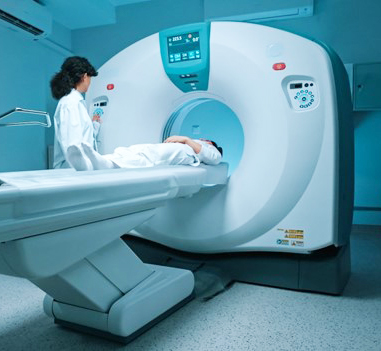Ozempic changes Faces and CT scans
From sagging jowls and sulfurous burps to deflated breasts and surprise pregnancies, the side effects of GLP-1 weight-loss drugs have ranged from subtle to strange. Losing weight rapidly can starve facial fat and change the way your face looks, of course. But instead of just looking thinner, you may be surprised to find that you look older, too. But rapid weight loss causes you to lose subcutaneous fat from your face and neck, which causes facial hollowing and sagging skin. We all lose subcutaneous fat in the face as we get older. “But rapid weight loss can cause these processes to occur more rapidly, which can mimic the natural aging process,” plstic surgeons explain. Rapid weight loss lowers your levels of two proteins in the skin: elastin, which helps keep skin stretchy, and collagen, which provides support and structure. The faster you lose weight, the more likely you are to experience Ozempic face. “It’s a very common side effect because people often maximize their dose to try to achieve target weight goals quickly.” “But the faster your weight loss, the more likely that your face will show signs of the weight loss.”
Now, new research suggests that these wildly popular medications may also be throwing off critical medical imaging scans, interfering with doctors’ ability to detect serious even deadly diseases. Experts say this could lead to delayed diagnoses and treatments for some patients, while others might undergo tests and procedures they didn’t need in the first place. Roughly 12% of US adults have tried a GLP-1 drug like Ozempic, research suggests. Originally developed to treat Type 2 diabetes, GLP-1 meds have become a sensation due to their powerful weight-loss effects. In the US alone, usage jumped a staggering 700% between 2019 and 2023. These drugs mimic a natural hormone called GLP-1, which helps regulate blood sugar and appetite. They also boost insulin production, slow digestion and make people feel full longer, helping them slim down in record time.
In the US, people that used a GLP-1 medication like Ozempic, Wegovy or Mounjaro, more patients are likely to display these unusual patterns on their PET-CT scans. That’s especially concerning because cancer rates in the US are rising — particularly among young adults — and early detection is crucial for successful treatment. Doctors warn that misreading these FDG uptake patterns can lead to unnecessary tests, incorrect cancer staging and dangerous delays in care. “Recognizing the characteristic uptake associated with GLP-1 agonists helps avoid unnecessary anxiety and interventions, ensuring patients receive the right care, at the right time, without detours or doubt.” Right now doctors don’t recommend patients stop taking GLP-1 medications before undergoing PET-CT scans. Instead, they suggest imaging teams carefully document their patients’ medication histories to help doctors interpret their scans while formal guidelines are being developed.
Skinny changes
I am an obese man identifying as a skinny man…
I am trans-fat.
Beauty comes in all shapes and sizes.
Small, round, thin, thick crust, deep pan, extra toppings…
How does Putin stay so thin?
He’s always purging.
Dear God, my prayer for 2026 is for a FAT bank account and a THIN body.
Please don’t mix it up like last year.
October 8 birthdays
1969 – Anna Marie Duff, 1988 – Bella Thorne, 1994 – Molly Quinn, 1950 – Sigourney Weaver
1944 – Chevy Chase, 1970 – Matt Damon, 1981 – Nick Cannon, 1987 – Bruno Mars




